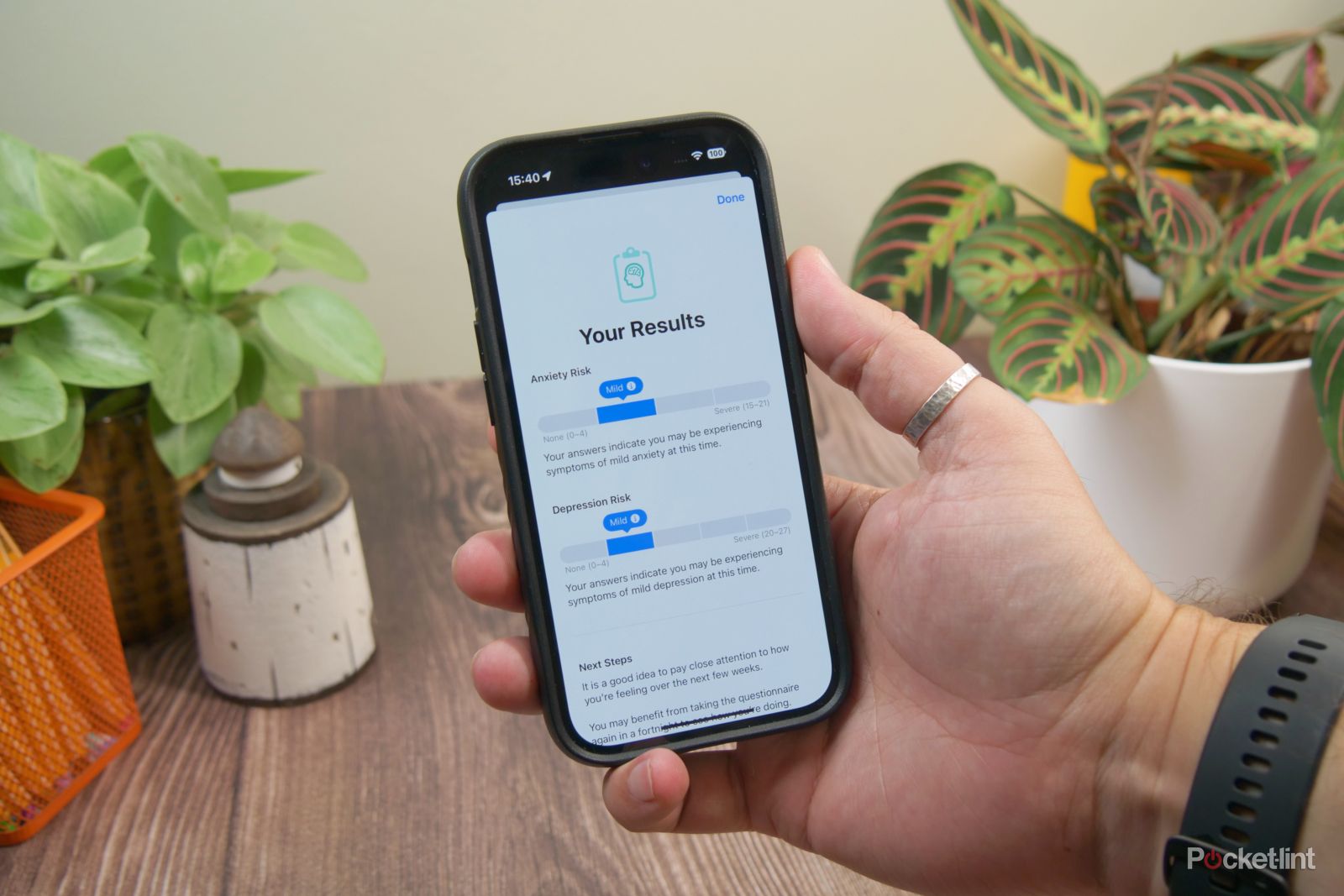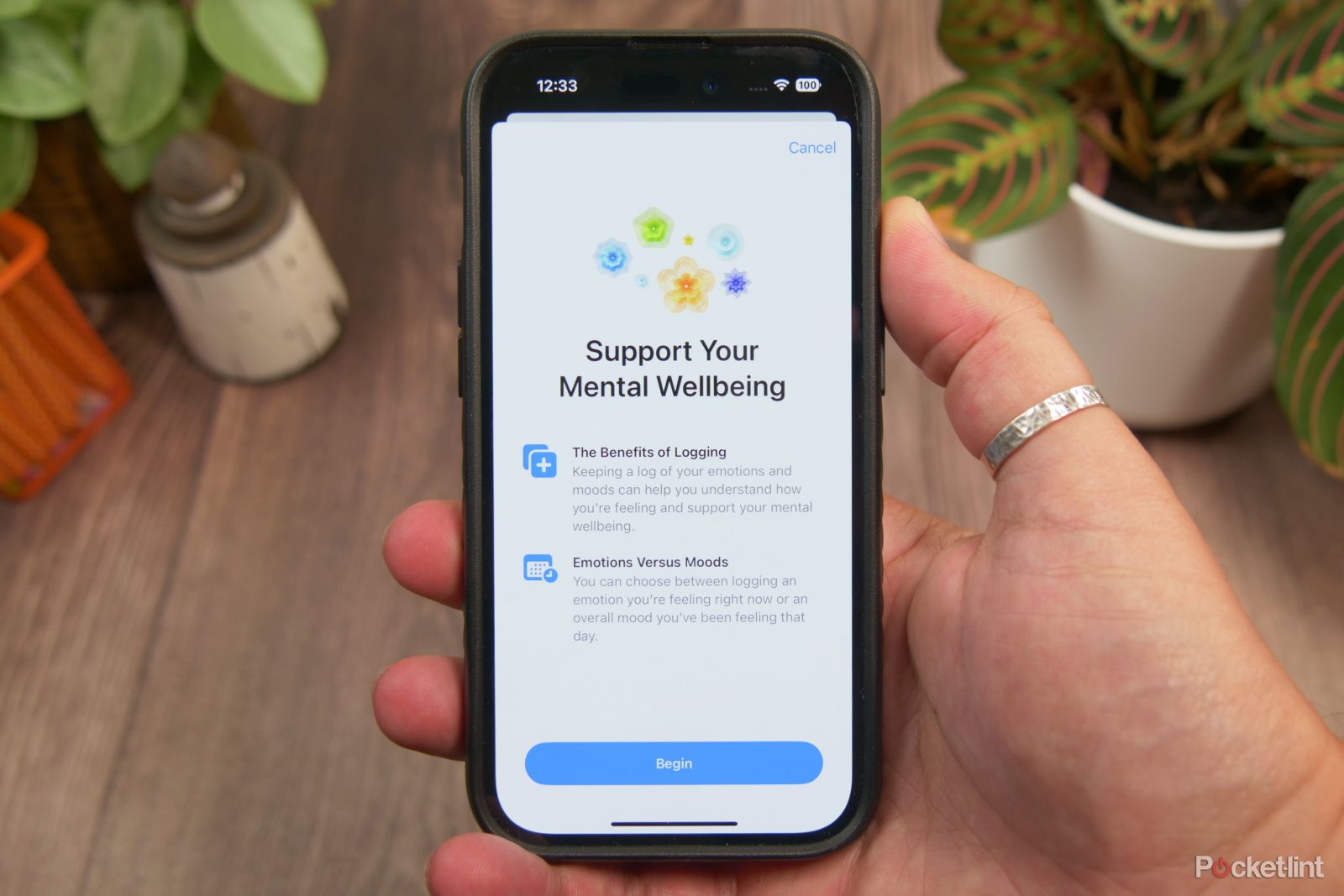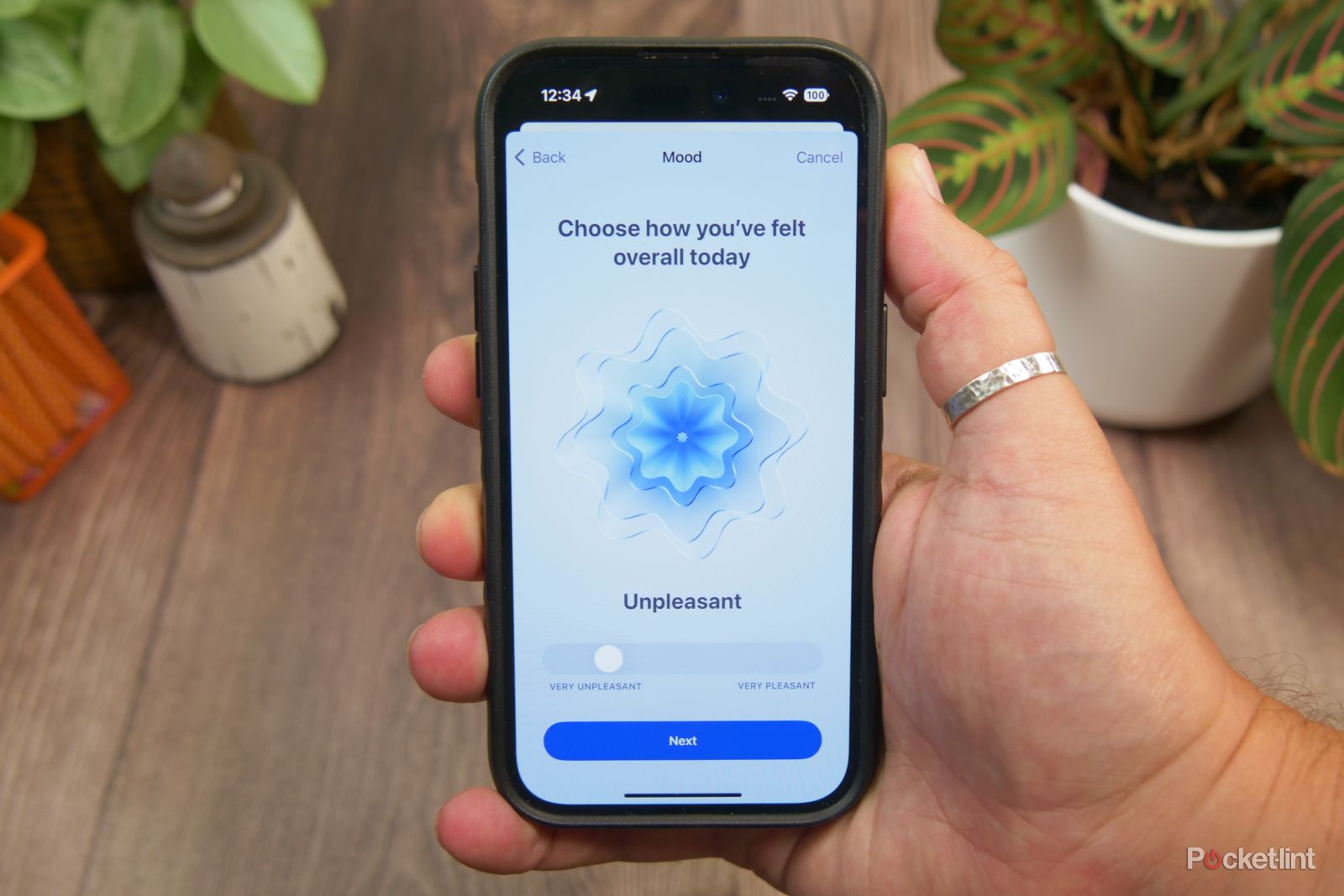Key Takeaways
- Apple Health now includes a mental wellbeing element, allowing users to log their emotions and moods to track their mental health over time.
- Users can choose from a range of emotions and descriptions to accurately reflect their current state of mind and can also record the areas of their life that are impacting their mental health.
- In addition to mood logging, users can also take a mental health questionnaire to assess their risk of depression or anxiety, which provides suggestions on next steps and resources for improving mental wellbeing.
As part of its continued efforts to make Apple Health more holistic - and much more than just a collection of fitness charts and performance date - Apple introduced a mental wellbeing element to Health in iOS 17 and iPadOS 17.
Using it you can log your emotion and moods, do check-ups to see if you're at risk of anxiety/depression and keep track of how you're feeling from day to day, helping you spot any long-term cycles to determine if you should reach out for some extra help from a mental health professional, doctor or therapist.
In this guide, we'll show you how you use it, what the interface looks like and how you can use it as a guide to highlight any mental health concerns.
How to log your moods and emotions in Apple Health
Your first step is opening your Health app, and if you scroll down a little way on the home page, you'll find an option that says 'Logging Your Emotions and Moods'. Tap 'Get Started'.
On the next screen, you get to choose from two options. Either choose to log an emotion that you've felt in a specific moment, or choose to log your overall mood for that day.
Whichever of those two options you pick, you'll get the same graphic on the next screen. There's a pulsating flower-like image, with a slider beneath it.
Slide that toggle along the slider until your mood is reflective. It can range from very unpleasant, through unpleasant to neutral, then pleasant and very pleasant.
Once you've chosen where you are on the slider, tap 'next', and it gets a lot less vague and a lot more useful.
Here you get asked which words best describe your current emotion. You can pick from the most common options on the screen, which include things like 'Angry', 'Anxious', 'Scared', 'Overwhelmed', 'Sad', 'Discouraged' among many more under the 'Unpleasant' category.
You'll find this selection of emotions and descriptions changes depending on what you've selected as the over-arching feeling.
Choose your descriptions, then hit 'Next' again. On the next screen, you can choose which areas of your life are having this impact on you. It could be personal, fitness and health-related, or it could be to do with relationships - either romantic or otherwise - and, of course, it could be work or study-related.
Choose whichever areas are having an impact, and - if you want to - type in any additional context for reference. For instance, it could be work tasks feeling like too much and giving you that feeling of being overwhelmed. It could be that you're struggling to make friends, or that you're unsatisfied in your romantic relationship. Whatever it is, make a quick note of your thoughts, and then hit 'done'.
After you've completed your mental wellbeing checkup, it'll ask you if you want a reminder to complete this log every day around the time you've just completed it. You can edit the schedule then turn them on, or hit 'skip' if you don't want the daily pestering. It could be, that having 'another thing' to complete every day just adds to that feeling of overwhelm, so you're free to leave that off if it suits you.
 Take the mental health questionnaire
Take the mental health questionnaire
As well as logging your mood you have the ability to take a mental health questionnaire. It's a boilerplate set of questions, but it's one commonly used to judge if there's a risk that you might be depressed or suffering from anxiety.
- Open the Apple Health app and then hit 'Browse' and find 'Mental Wellbeing'
- Scroll down until you see 'Mental Health Questionnaire'
- Tap 'Take Questionnaire'
As you go through the questions it'll ask you if you how frequently over the past two weeks you've felt certain emotions or thought particular thoughts, and once you've answered the 16 questions, it can tell you what the likelihood is that you're suffering from depression or anxiety. Or, rather, it shows you where you are on a spectrum and then gives you suggestions on what to do next.
What happens next?
Once you've done the checkup and questionnaire, it'll save a log in the 'Mental Wellbeing' part of the Apple Health app. If you hit 'Browse' in Apple Health, then 'Mental Wellbeing' you'll see new 'State of Mind', 'Anxiety Risk' and 'Depression Risk' entries at the top of the page.
As you add moods and emotions - whether they be all-day or momentary - they'll be logged in a chart in this section of the app.
If you tap on your 'State of Mind' entry, you can scroll down the page and gain access to some great resources on understanding your mental health. You can learn about things that can affect your mood, read up on the link between your body and mind, or read up on ideas of things to try to help lift your mood.
The important part is that it encourages you to make healthy, manageable changes to your diet and lifestyle and - more crucially - reach out to your local health authority if you're concerned that you need professional help.
It's not trying to be that help, it's just here to help you log your patterns of moods, and help you become more aware of them so that you have a record and some form of data to point towards when trying to decide if there's something there that needs addressing.


